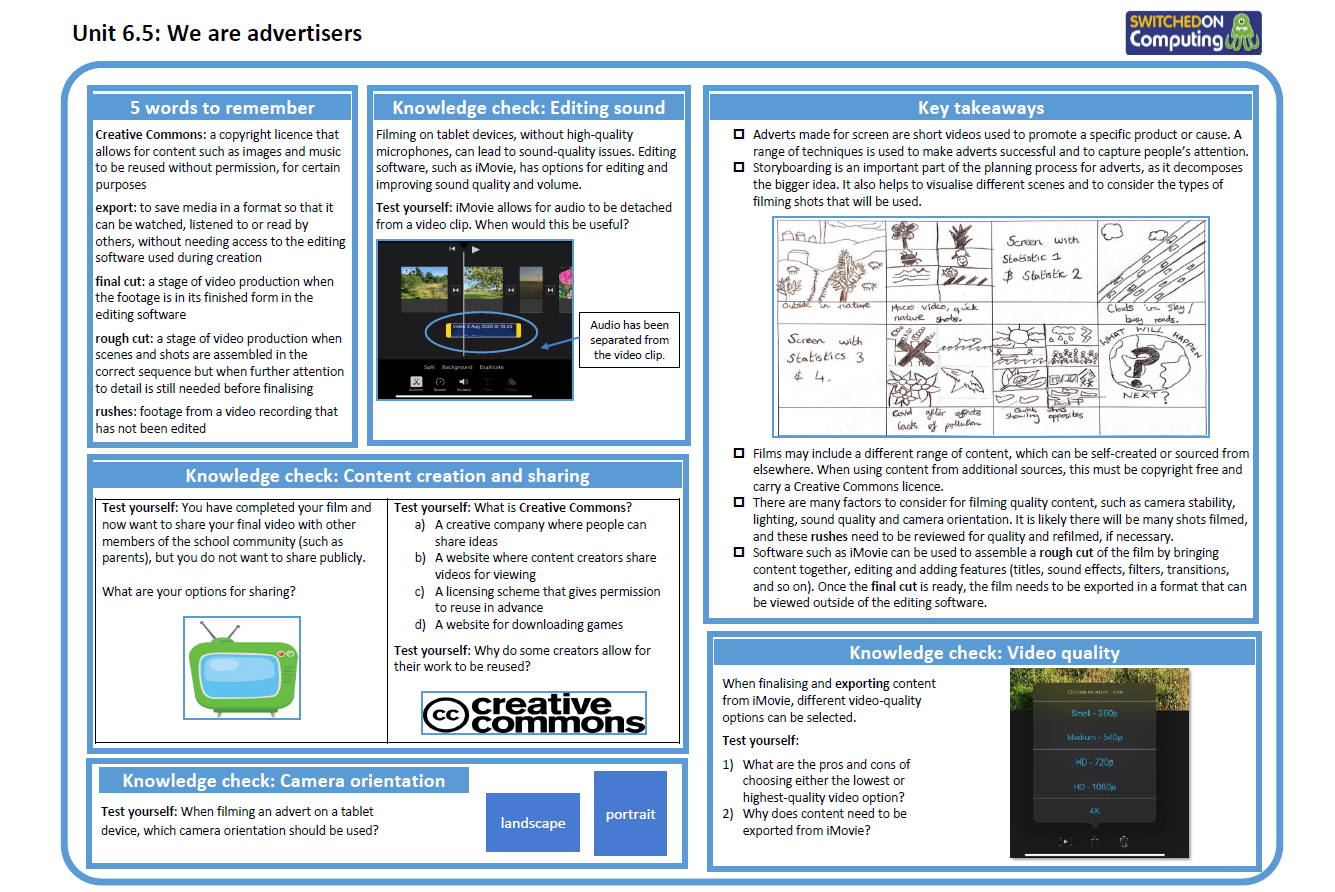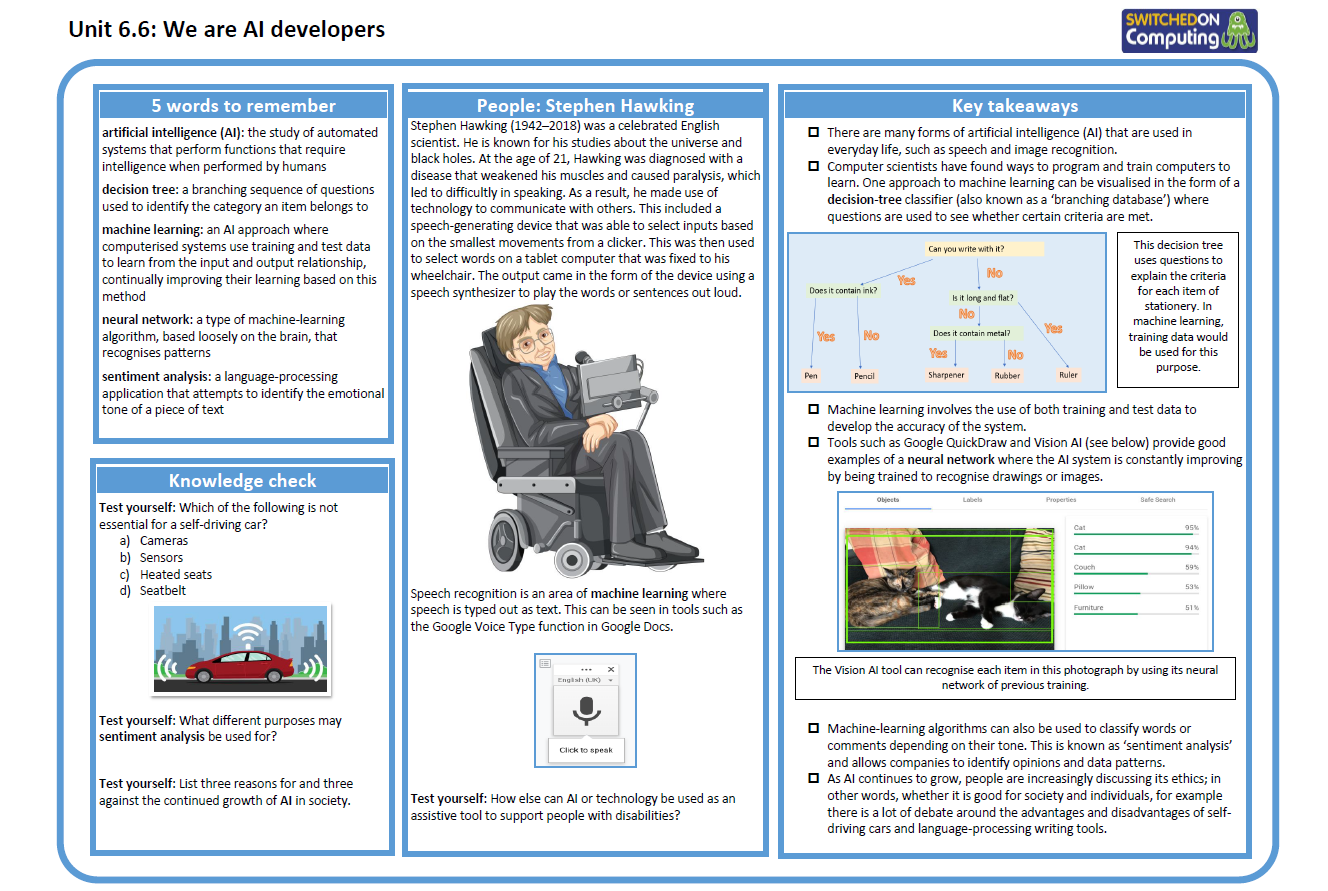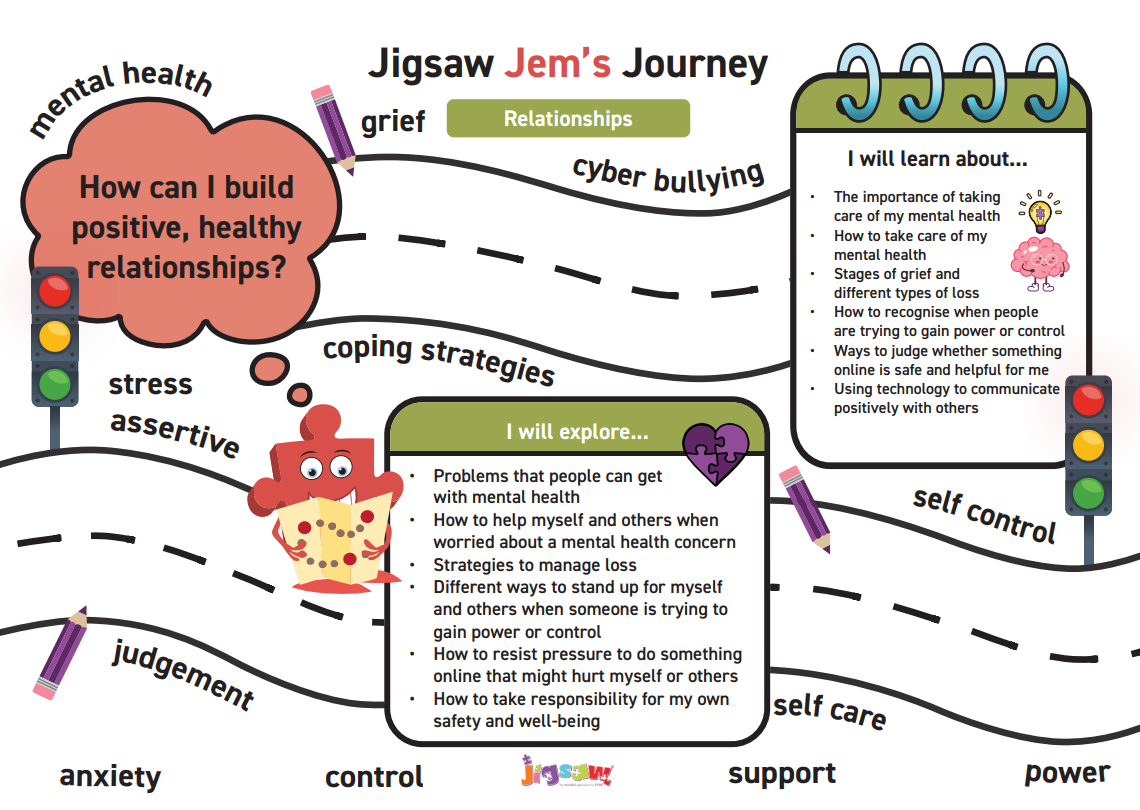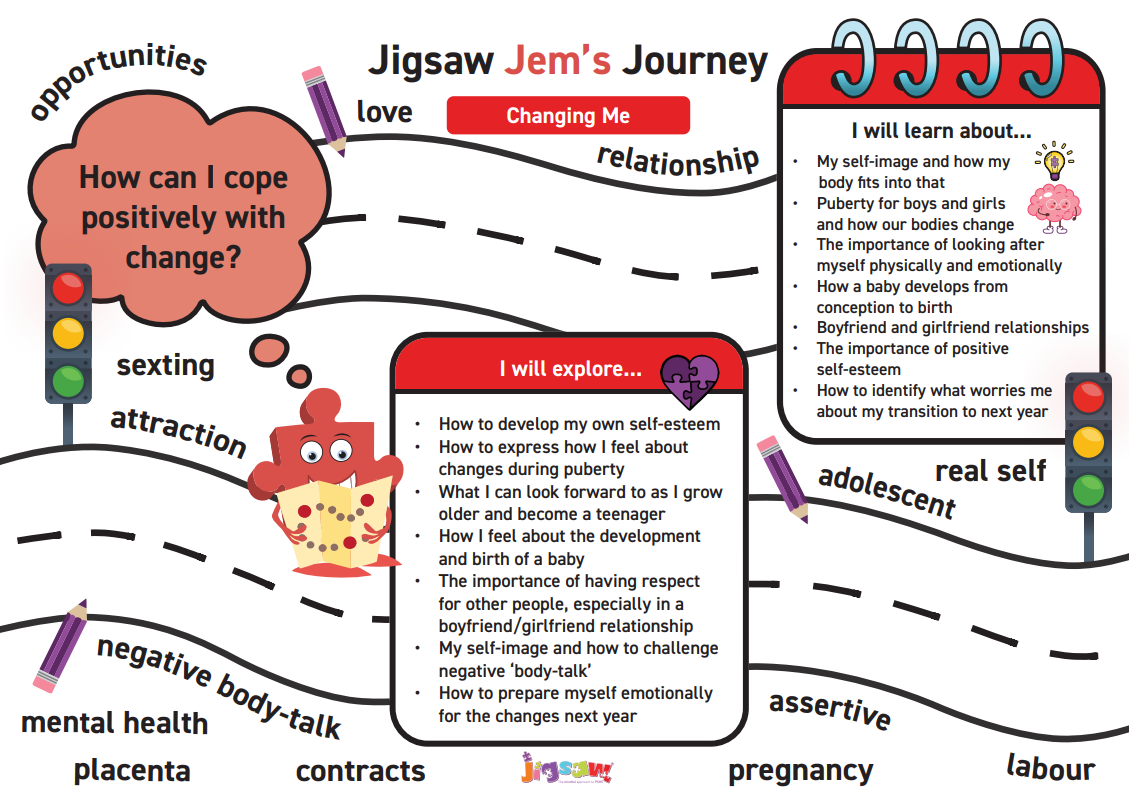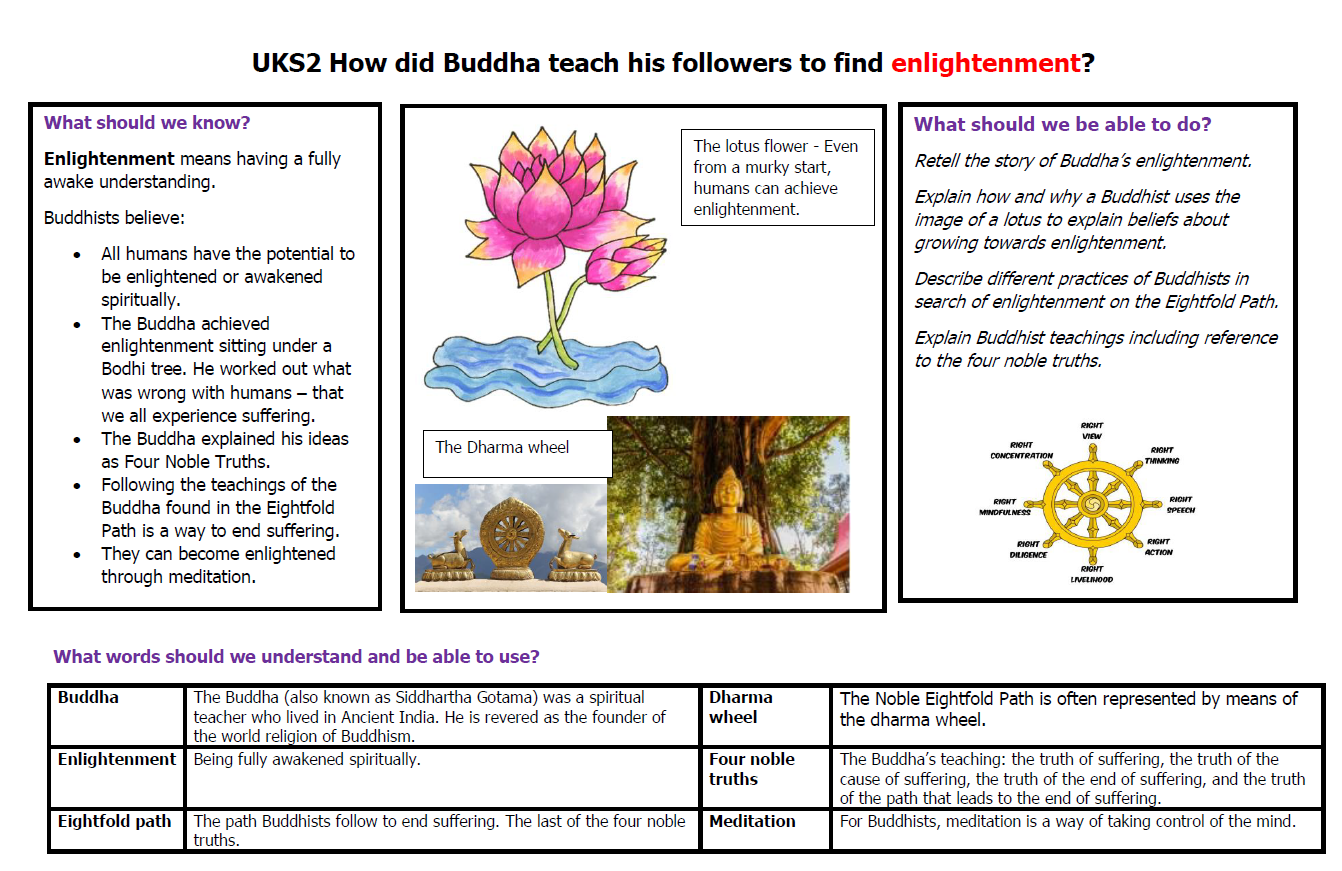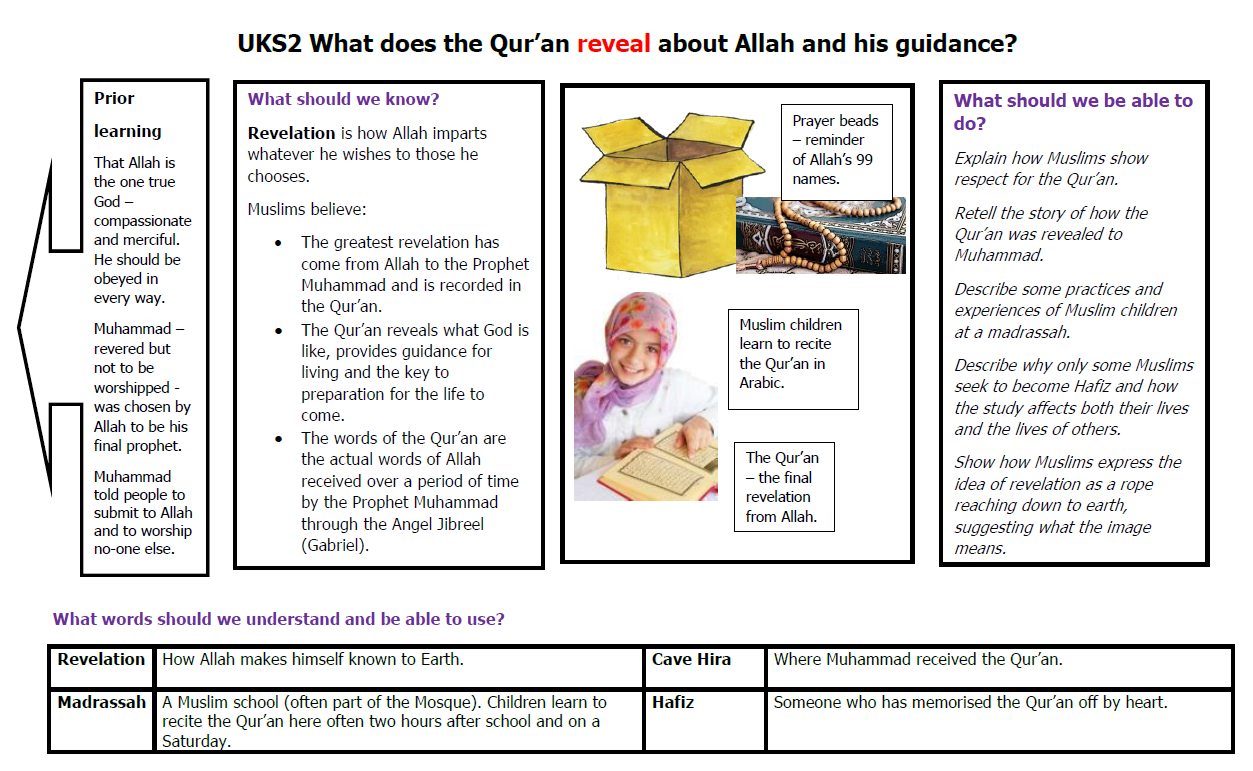Summer Term 2025
English - Writing
This Summer term, our pupils will be engaging in a variety of writing activities across four exciting units.
Beginning with A Beautiful Lie by Irfan Master, children will have the opportunity to develop their extended fiction writing skills by creating their own chapters, a prologue, and an epilogue inspired by the book. They will also explore different writing styles, including journalistic writing and recounts. The grammatical focus will include using devices to build cohesion within paragraphs and linking ideas across paragraphs using adverbials of time and place, as well as tense choices.
In the second unit, focusing on Anne Frank by Josephine Poole and Angela Barrett, pupils will be learning to write extended diary entries to gain a deeper understanding of Anne's character. They will also develop their skills in writing a more formal obituary and a newspaper report. Grammar will cover indicating degrees of possibility using adverbs or modal verbs and using adverbials of time and place to link ideas across paragraphs.
Moving on to The Strange Case of Origami Yoda by Tom Angleberger, the children will be focusing on writing instructions for making their own Origami Yoda. They will also engage in writing discussion texts to explore the question of whether we can predict the future, using evidence from the book. The grammatical focus will include the use of imperative verbs in instructions and experimenting with varying sentence structure for desired effect.
Finally, through Curiosity: The Story of Mars Rover by Markus Motum, pupils will be exploring explanation writing, including creating information labels and an expanded explanation for a new rover proposal to NASA. They will also learn to write a formal log using the passive voice and a short news report. The grammar focus will include using expanded noun phrases to convey complex information concisely and ensuring the consistent use of tense.
Computing
The first half of the Summer term sees the children explore the topic 'We are advertisers'. In the 'We are advertisers' unit, children learn to think critically about how video is used to promote a cause. They collaboratively plan their own short television adverts using storyboards. Children shoot original video footage, source additional media respectfully (learning about intellectual property rights), and use video editing software to create effective television adverts. This unit develops teamwork, technical skills, critical thinking, and promotes safe, respectful, and responsible technology use, evaluating digital content, and identifying how to report concerns.
After half term we move on to explore 'We are AI developers'. In the 'We are AI developers' unit, children explore Artificial Intelligence (AI) and Machine Learning, discovering how computers can learn from data. They train systems to classify images, recognise speech, and understand the sentiment in text. Children simulate how a neural network operates and program a self-driving car. A key focus is discussing the ethical principles and consequences of AI, developing their logical reasoning and critical thinking about these technologies.
Maths
This Summer term, Year 5 and 6 maths covers 6 blocks. Ratio explores relationships between quantities using additive and multiplicative links, introduces ratio language and symbols, connects ratios and fractions, applies scale factors to similar shapes, and solves ratio and proportion problems. Algebra introduces using letters for unknowns, function machines, forming expressions and simple formulae, substituting values, and forming and solving equations. Shape focuses on understanding and using degrees, classifying angles (acute, obtuse, reflex), measuring and calculating angles around a point, on a straight line, vertically opposite, and within triangles and quadrilaterals. It also explores properties of polygons, parts of circles, drawing shapes accurately, and properties and nets of 3D shapes. Position and Direction covers coordinates in the first and all four quadrants, solving coordinate problems, describing and performing translations, identifying lines of symmetry, and reflections. Statistics involves drawing and interpreting line graphs, bar charts (including dual), reading and interpreting data from tables (including two-way) and timetables, understanding and constructing pie charts (with percentages), and calculating and interpreting the mean. Finally, Converting Units includes converting between metric units (kilograms/grams, kilometres/metres, millimetres/metres, millilitres/litres, centimetres/metres), understanding approximate conversions between miles and kilometres, working with imperial measures, converting units of time, and calculating with timetables.
Music
We start the Summer term exploring the song 'Baloo baleerie'. Baloo baleerie is the inspiration for this unit about one of the most ancient types of song – the lullaby. Pupils will explore lullabies from across the globe, learn about 3/4 time, as well as sing and play this beautiful lullaby from the Shetland Islands.
Most children will be able to:
- Sing a lullaby accurately and with expression.
- Show an understanding of why people sing lullabies to babies.
- Understand the differences between 3/4 and 4/4 time signatures.
- Play an accompaniment using tuned percussion.
- Compose a gentle melody inspired by lullabies in 3/4 time, using a pentatonic scale, and question-and-answer phrasing.
After half term we will be learning the songs for our end of year production!
Personal, Social and Health Education (PSHE)
In the first half of the term, our unit is on Relationships, children in Years 5 and 6 will explore the importance of healthy friendships and how to manage difficult social situations, such as peer pressure or falling out with friends. They will learn how peer influence can sometimes lead to unkind behaviour and discuss ways to stand up for what is right. The unit also sensitively explores grief and loss, helping children understand that people experience these emotions in different ways. Children will be encouraged to think about positive ways to remember someone special, such as creating a memory box, and how to seek support when navigating challenging feelings or situations.
After half term we move on to explore 'Changing Me'. In our Changing Me unit, Year 5 and 6 children will learn about the changes that happen as we grow and develop, including the human life cycle and how a baby is conceived and grows during pregnancy. The topic is taught in a sensitive, age-appropriate way, helping children understand the biological process of conception and birth. Pupils will also have the opportunity to reflect on their own feelings about growing up, including hopes and aspirations for the future. The unit encourages open discussion and aims to build confidence, respect and understanding around the emotional and physical changes that are part of growing up.
Physical Education (PE)
This term, Class 4 pupils will enjoy a range of activities that build their fitness and teamwork skills. They will begin with Maypole dancing to prepare for the May Fair, developing coordination and rhythm in a traditional celebration. Athletics and Sports Day practice will focus on running, jumping, and throwing skills to boost speed and strength.
After half term, Year 6 pupils will take part in Forest School sessions, exploring outdoor learning and developing confidence in nature. Additionally, the Game On coaches will lead netball and cricket lessons, helping children improve their ball skills, tactical awareness, and teamwork through engaging, sport-specific activities.
Religious Education (RE)
Our first topic is Enlightenment. Children will be learning about Buddhism, focusing on the theme of Enlightenment. They will explore the story of Siddhartha Gautama, who became the Buddha, and learn how he reached enlightenment through deep thinking, meditation and understanding the causes of suffering. Children will find out how the Buddha’s teachings, such as the Four Noble Truths and the Eightfold Path, help his followers live peaceful and thoughtful lives. The topic encourages reflection on how people make choices, overcome challenges, and seek happiness and wisdom in their lives.
After half term, children will be learning about Islam with a focus on the theme of Revelation. They will explore what the Qur’an reveals about Allah (God) and how Muslims believe it provides guidance for living a good life. Children will learn about the story of the Prophet Muhammad and how Muslims believe the Qur’an was revealed to him by Allah. They will explore the importance of the Qur’an in the daily lives of Muslims, how it is treated with great respect, and the messages it contains about kindness, honesty and faith.
Science
This term, children in Years 5 and 6 will be learning about Evolution and Inheritance. They will explore how living things change over time and how characteristics are passed on through generations. Pupils will learn that while offspring share similarities with their parents, they are not identical, and that variation helps living things adapt to their environments. They will also discover how adaptation can lead to evolution over long periods. As part of this topic, children will study fossils to find out what they can tell us about plants and animals that lived millions of years ago.

